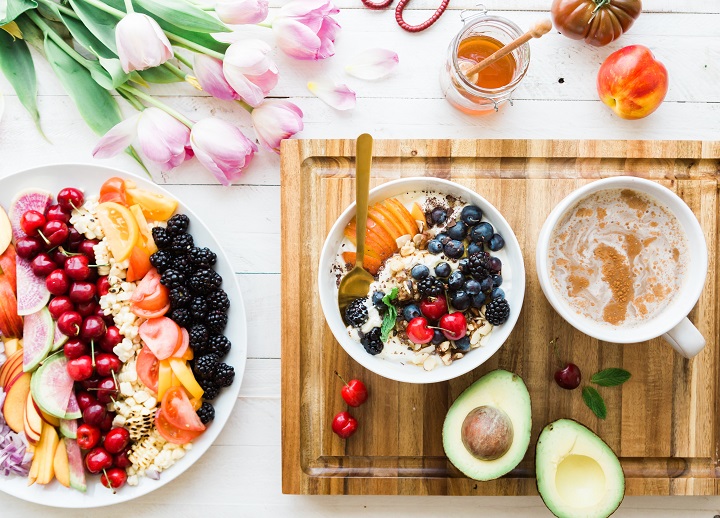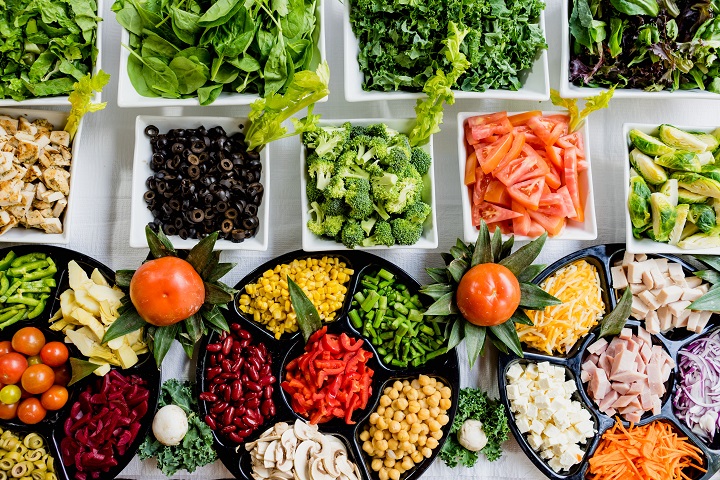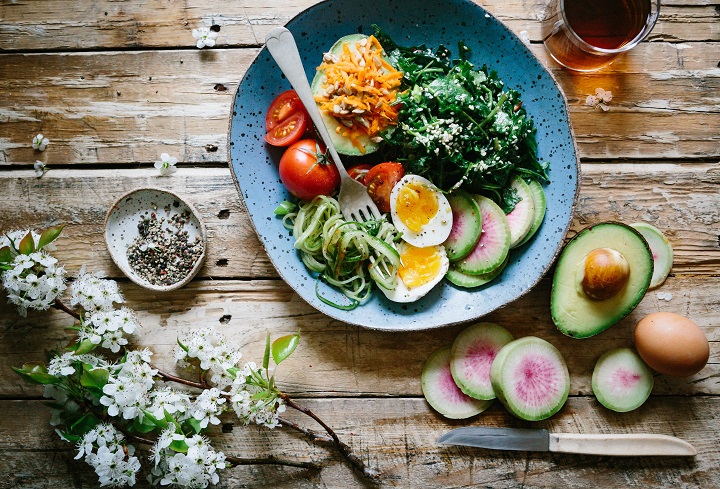Are you aware that there are several ketogenic or ketogenic diets? Vegan, strict keto, and unclean keto.
We lay out each one for you.
The keto diet emphasizes boosting the consumption of healthy fats while reducing the intake of carbs.
For instance, you may prepare a keto meal for grilled turkey with a rocket salad for lunch, have coconut yogurt with red fruits for breakfast, and have salmon and avocado tartare for the evening.
Up to 10 different ketogenic diets exist, ranging from the most stringent to the vegan keto diet or the keto-clean diet. You should be aware that several foods are off-limits in all variations of the keto diet, such as cereals. and their derivatives (bread, pasta, or rice).
Additionally, it is a diet that restricts the consumption of free sugars, which can be found in commercial sauces, pastries, and other foods that are high in sugar. Additionally, as legumes and tubers are a rich source of carbs, they are not permitted to be consumed.
Table of Contents
1. Standard Keto Diet
The most well-known and possibly most popular ketogenic diet is the conventional ketogenic diet.
According to this version, you should consume healthy fats at a rate of 70% of your daily calories, followed by proteins at 20% and carbohydrates at 10%.
In other words, it implies keeping your daily carbohydrate intake to no more than 20 to 30 grams.
The following are a few advantages of the typical keto diet:
- It’s simple to adhere to. The percentages are constant, making it simple to plan a weekly menu.
- Helps one swiftly reduce weight. It is a reasonably filling diet, which lessens appetite.
- Decreases spikes in blood sugar. As a result, you experience fewer cravings and pay more attention to what and how you consume.
2. Dieta Lazy Keto
The lazy keto diet allows for a larger carbohydrate intake than is recommended in the conventional diet, making it the most adaptable type of ketogenic diet.
This version is ideal for those who find it extremely tedious to monitor their intake’s proportions of fat, protein, and fat. The body will continue to be in a state of ketosis as long as carbohydrate intake is kept low enough, at about 50g per day.
The following are a few benefits of lazy keto:
- The keto diet should be started right away. This variation is excellent if you want to gradually acclimate your body to go into ketosis.
- The simplest variant. The lazy ketogenic diet can be the best choice for you if you have trouble forming new habits or have a tendency to stop eating healthy.

3. Dirty Keto Diet
The main difference between the dirty keto diet and the conventional one is that the source of the fats can be any, including processed items like bacon, sausages, and cheese without restriction.
The keto diet in this form is not the healthiest.
Remember that a diet high in processed foods has been linked to an increase in mortality, according to numerous studies.
4. Cyclical Keto Diet
Following a conventional ketogenic diet for five days in a row, followed by a one- to two-day hiatus from ketosis, is what defines the cyclical keto diet. You can have more carbohydrates during those breaks.
This version’s macronutrient ratio is typical: On “keto days,” eat 70-75% fat, 15-20% protein, and 5-10% carbohydrates; on “off days,” eat 15 % fat, 15 % protein, and 70 % carbohydrates.
This kind of keto diet is designed for people who struggle to stick to the ketogenic diet. It is also advised for athletes or individuals who regularly engage in high-intensity activity.
Waiting until your body has adjusted to the ketogenic diet is crucial if you wish to try this variation because doing so could delay the potential advantages and outcomes of being in ketosis.
Some advantages of this kind of ketogenic diet include:
- Aids in long-term weight reduction maintenance. With this variation, there is less chance of experiencing a rebound effect when continuing the ketogenic diet over time.
- Aids in diet supplementation. Regarding the permitted servings of fruits and vegetables, the keto diet is fairly limiting. This diet allows us to follow a much more comprehensive eating plan.
5. Targeted Keto Diet Or Targeted Keto Diet
Athletes and hard-core exercisers who follow a ketogenic lifestyle but require extra carbohydrates for energy are big fans of the focused keto diet.
This variation permits 20–30 grams of extra carbs to be consumed before and after exercises.
Fruits, foods made from grains, and supplements for athletes are all good sources of carbs.
6. High Protein Keto Diet
Increasing your protein consumption is recommended by the high-protein keto diet. Around 30% of daily calories should come from proteins, 65% from fats, and 5% from carbohydrates.
Because it permits individuals to have more protein and less fat than the typical keto diet, many people find this variation to be simpler to follow. On this particular ketogenic diet, however, it’s possible that the body won’t be able to enter ketosis because it can still use protein to make glucose for energy.
It is suggested that the following individuals use this version:
- Towards bodybuilders. due to the fact that they must consume a lot of protein to preserve their muscle mass.
- The elderly. Consuming protein can help stop muscular deterioration.
For anyone with kidney issues, this kind of keto diet is not advised.

7. Keto Mediterranean Diet
The type of fats that are taken is crucial in the keto Mediterranean diet. This version combines the Mediterranean diet and the ketogenic diet, two of the most well-liked nutritional recommendations.
You must follow the conventional keto diet’s macronutrient ratios in order to follow it, but you must place more emphasis on foods from the Mediterranean diet, such as fatty fish and olive oil. If you like salmon and sardines, this might be your preferred keto food.
It is among the keto diet’s healthiest variations. Some of its benefits include:
- Sustainability. It is a form of the keto diet that enables the long-term sustainability of good eating.
- lowers cholesterol with help. Monounsaturated fatty acid-rich meals can help reduce cholesterol.
Additionally, omega-3-rich meals have anti-inflammatory properties.
8. Vegan Keto Diet
Similar to the regular keto diet, the vegan variation substitutes tofu, seitan, dried seaweed, and peanuts or peanut butter for animal protein sources.
Even while the vegan keto diet has a few more restrictions than the vegetarian keto diet (which allows the use of eggs and dairy products), it is nevertheless doable.
9. Diet Keto 2.0
Those who contend that the traditional ketogenic diet is too limiting are increasingly turning to the keto 2.0 diet.
This kind of keto diet is distinguished by the fact that the percentage of fat falls while the percentages of carbohydrates and proteins grow, allowing for a greater range of carbohydrates to be consumed.
This version comes with the warning that there is still no proof from science that it works to help people with weight loss.
10. Clean Keto Diet
Consuming complete, natural foods—ideally organic and responsibly farmed—is the foundation of the clean ketogenic diet.
Over time, it becomes a more wholesome and resilient alternative. This kind of ketogenic diet emphasizes the importance of eating high-quality foods.
A “cleaner” diet is good for your health. For instance, it increases the consumption of micronutrients (vitamins, minerals, and electrolytes) that are crucial for the body’s and brain’s best health and for the prevention of disease.
Following this version has the following advantages, among others:
- Strengthens intestinal health and maintains the health of the gut flora.
- Enduring vigor. Foods in their original state typically contain more nutrients, making us feel more energized.
Beauty Gazelle
Related posts
Meet the Author
Beauty Gazelle is a multi-concept Beauty News & Trends Blog. Our Gazingly blog posts are beautiful perfect enough. Beauty Gazelle is a clean and functional blog with many useful features that deliver an amazing user experience to our clients and readers.
Learn more
